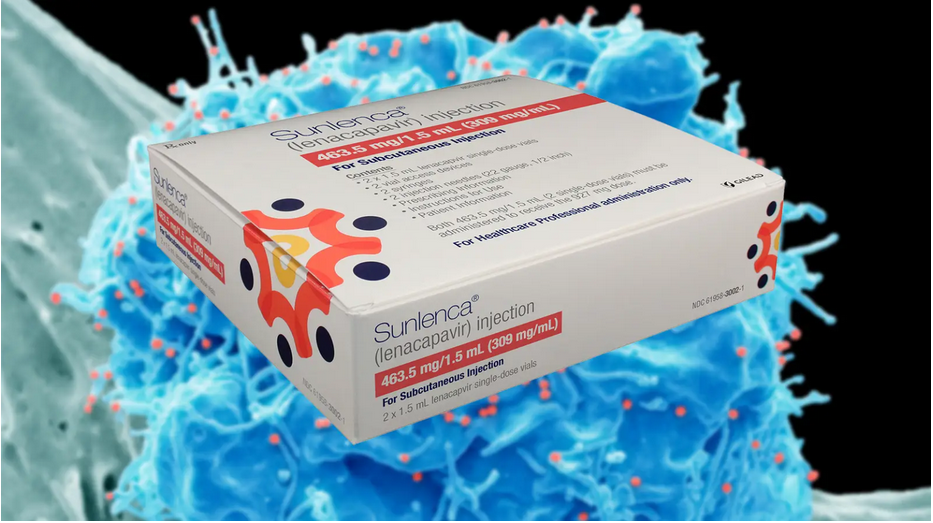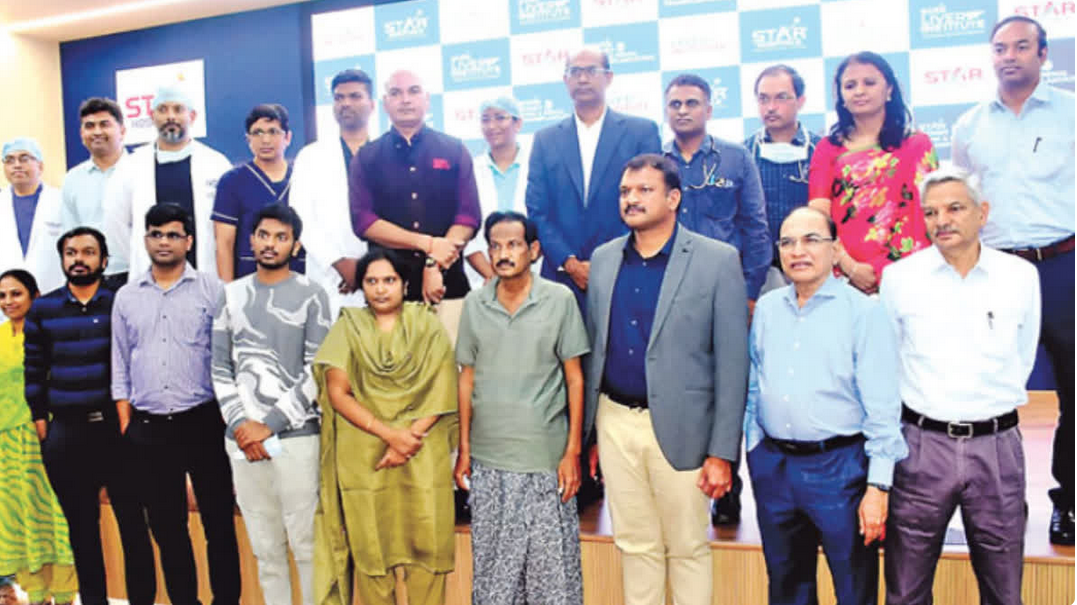Patient safety is the absence of preventable harm to a patient during the process of health care and the reduction of the risk of unnecessary harm associated with health care to an acceptable minimum.
Dr. Aparna Ghosh, General Manager Quality, Woodlands Multispeciality Hospital Ltd. has done her Ph.D. in hospital and healthcare systems from BITS – Pilani and has worked with various brands of hospitals like Apollo, Aditya Birla, and Aster Medcity.
Woodlands Multispeciality Hospital Ltd. provides operational excellence for improved patient experience and developing the Hospital’s Continuous Quality Improvement Culture.
Patient safety a global health priority
Dr. Aparna shares her thoughts, “Patient safety is a framework of organized activities that creates cultures, processes, procedures, behaviors, technologies, and environments in health care that consistently and sustainably lower risks, reduce the occurrence of avoidable harm, make error less likely and reduce its impact when it does occur. The idea of safety was limited to traditional hazards such as fire, equipment failure, patient falls, and the risks of infection. There was also a belief that well-trained staff-doctors and nurses would always behave carefully and conscientiously and seek to avoid or minimize what were seen as inevitable “complications” of care. WHO Patient Safety Initiatives (2015–2020): A WHO Global Consultation on Setting Priorities for Global Patient Safety organized in 2016, provided a platform to recognize that the scale of avoidable harm in health care systems around the world is unacceptably high and is showing little sign of improvement,” she says.
Global pandemic brought recognition of risks to patients and staff
Dr. Aparna explains, “COVID-19: A broader concept of avoidable harm in 2020: the toll from COVID-19 global pandemic has brought increased recognition of risks to patients. The ongoing impact on health care delivery systems around the world will become clearer and fully quantified over time. However, important patient safety implications have emerged and brought a heightened impetus to efforts that promote safer care at every level. Growing clinical familiarity with the COVID-19 virus and its manifestations began to reduce uncertainty, but with the new disease and its novel treatments, came greater risk of avoidable harm. The physical and psychological safety of health workers, together with the capacity and financial stability of health care delivery systems were widely compromised. Situational factors such as staff shortages, staff redeployment to unfamiliar roles, and work around, all disrupted existing care processes in most health systems around the world. In addition, the virus’s indirect effects on access to unrelated areas of care emerged as another form of serious harm. Delays arose from patients not seeking care due to fear, people unable to go to health facilities because of lockdowns, those with complex chronic conditions not receiving their routine ambulatory or preventive care due to health system overload, or COVID-19 admissions being given priority. In addition, patients experienced new types of diagnostic errors, some related to the virus and others not as much. Despite these negative effects and risks, the COVID-19 pandemic has provided some short-term benefits in key areas that could be a catalyst for subsequent improvement strategies. Shared commitment and responsibility have united health care stakeholders like never before. Many spontaneously adopted key safety attributes such as transparency, active communication, collaboration, and rapid adoption of patient safety practices. This may only be temporary and in selected settings and countries, but it illustrates how traditional silos and clinical territories can rapidly dissolve in the interest of fighting a common enemy. It is sobering to realize that, when the COVID-19 pandemic is over, the chronic and widespread public health crisis of avoidable patient and workforce harm will remain as much of a challenge as it was before. The next five years will be a time for the global patient safety movement to learn from both negative and positive effects of COVID-19. It will be a time to build safer health care systems that minimize harm to patients and to health workers. This action plan is built from a deep understanding of the nature of avoidable harm in health care and the way in which it threatens patient safety in diverse and complex settings around the world. Thinking through how COVID-19 adds to this context will help to harvest patient safety lessons from both pandemic failures and pandemic transformations. This is all part of the urgent need to hardwire changes, to promote the spread of safety strategies and innovations, and to make health care systems more resilient to the impact of harm than ever before” she says.
A knowledgeable safe healthcare worker keeps thousands of patients safe
Dr. Aparna explains in brief, “The COVID 19 pandemic has unveiled huge challenges and risks HCW are facing globally including risks of healthcare associated infections from hospital environment; violence of patient and patient relatives, stigma, Psychological and emotional disturbances, illness and even death. Also, working in stressful environments make the healthcare workers more prone to misses which may lead to patient harm. Nine aspects of patient and healthcare worker's safety were focused:
1. Safe Facility
2. Safe Nursing
3.Safe Hospitality
4. Safe Medication
5. Safe Documentation
6. Safe Surgery
7. Safe Equipment
8. Safe Laboratory
9. Safe Radiology
We know one knowledgeable safe healthcare worker keeps thousands of patients safe. We keep auditing the staff knowledge and safety implementations every month to make sure it is consistent,” she says.
Technology has the potential to improve care but not without risks
Dr. Aparna talks on the subject, “The general public believes that technology will improve health care efficiency, quality, safety, and cost. However, few people consider that these same technologies may also introduce errors and adverse events. Without a complete understanding of human factors, the tendency is to focus on human failures as the major source of error, and to focus attention on automation of tasks to prevent errors. Several problems with this approach are evident:
- By taking away the easy parts of the job, automation can make the difficult aspects of the job more difficult.
- While humans are known to be fallible, we leave staff to cope with tasks the designers could not figure out how to automate, most important, the job of restoring the system to a safe state after a failure.
- Humans are expected to “monitor” the automated processes, even though we know vigilance is not likely when abnormal events are relatively rare.
- Skills need to be practiced continuously to preserve them, yet the occasional system failure denies the staff the opportunity to practice the skills needed in such an emergency.
- HCW are generally not exposed during educational programs and on the job to engineers, biomedical engineers, industrial designers, and ergonomists, the designers of the equipment they use in providing care.
- Like nurses working at the front lines of health care—where nurses, patients, and technologies intersect and where actions are highly visible—there is a tendency to blame these frontline workers for human error associated with technology failures.
- Technology failure should be viewed in the broader context of the complex health care system, rather than inappropriately blaming the individual healthcare worker.
- While technology has the potential to improve care, it is not without risks. Technology has been described as both part of the problem and part of the solution for safer health care, and some observers warned of the introduction of yet-to-be errors after the adoption of new technologies,” she says.
Ensure 100% patient safety by implementing International Patient Safety Goals
Dr Aparna explains well, “I have been giving organizations the highest rated Accreditation of Joint Commission International and JCI’s first chapter is about International Patient Safety Goals (IPSG). All the six goals take care of Diagnostic errors, healthcare-acquired infections, medication errors, readmission, wrong-site surgery, and communication. This is how we ensure 100% patient safety by implementing International Patient Safety goals:
- Goal One: Identify patients correctly
- Goal Two: Improve effective communication.
- Goal Three: Improve the safety of high-alert medications.
- Goal Four: Ensure safe surgery.
- Goal Five: Reduce the risk of healthcare-associated infections.
- Goal Six: Reduce the risk of patient harm resulting from falls.
The guidance aims to:
- Reduce the risk of falls
- Create awareness about vulnerability amongst care providers.
- Establish regular case reviews of those who have fallen.
- Create a safer hospital environment.
- Support patients to remain independent, empowered, and safe.
- Support person-centered planning, by offering extra care to vulnerable patients in a safe and secure environment.
- Give guidance on the assessment of risk and documentation which is the rationale for decision making,” she says.
Edited By- Rabia Mistry Mulla
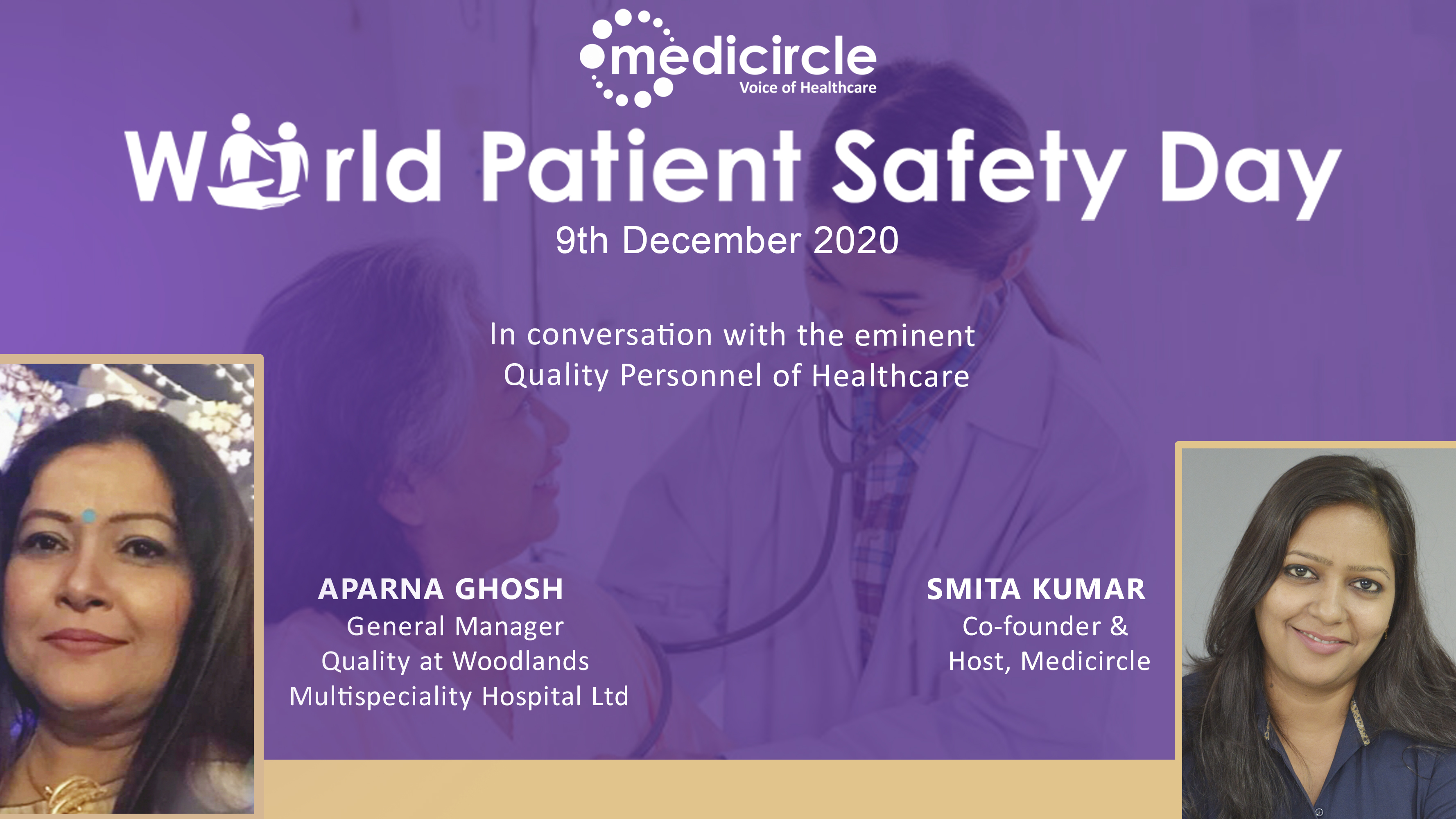
 “The COVID-19 pandemic has provided some short-term benefits in key areas that could be a catalyst for subsequent improvement strategies,†says Dr. Aparna Ghosh, General Manager Quality, Woodlands Multispeciality Hospital Ltd.
“The COVID-19 pandemic has provided some short-term benefits in key areas that could be a catalyst for subsequent improvement strategies,†says Dr. Aparna Ghosh, General Manager Quality, Woodlands Multispeciality Hospital Ltd.










.jpeg)








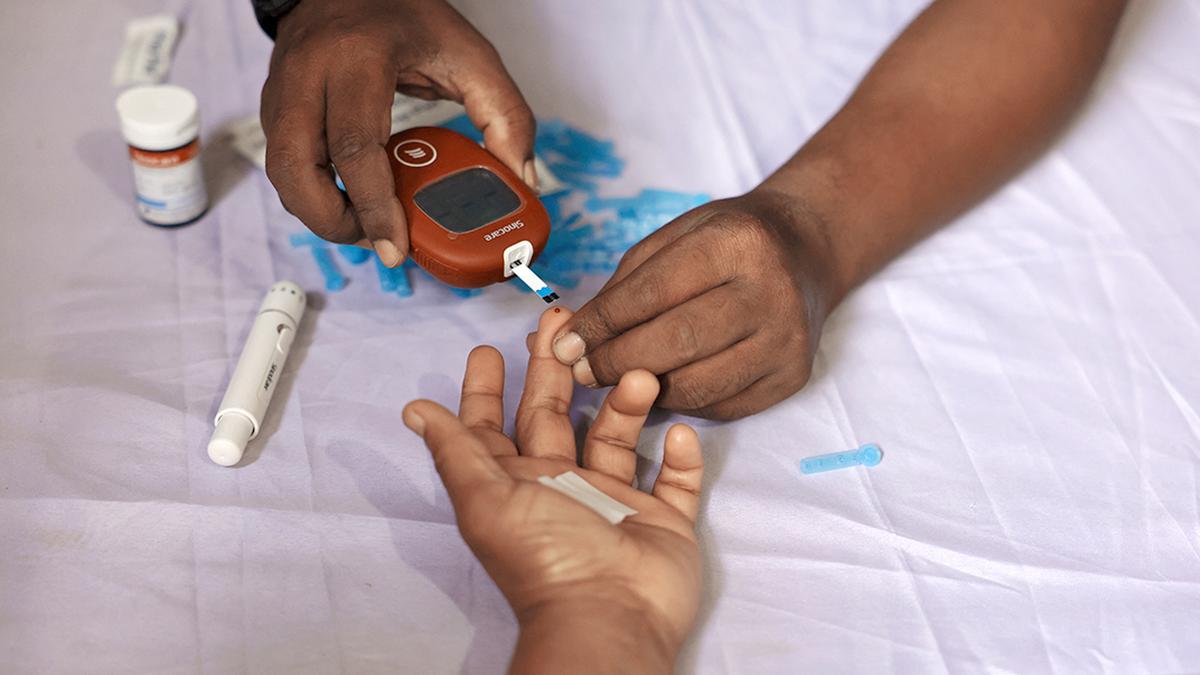

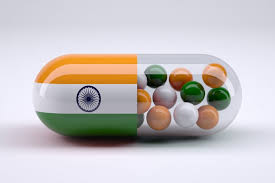

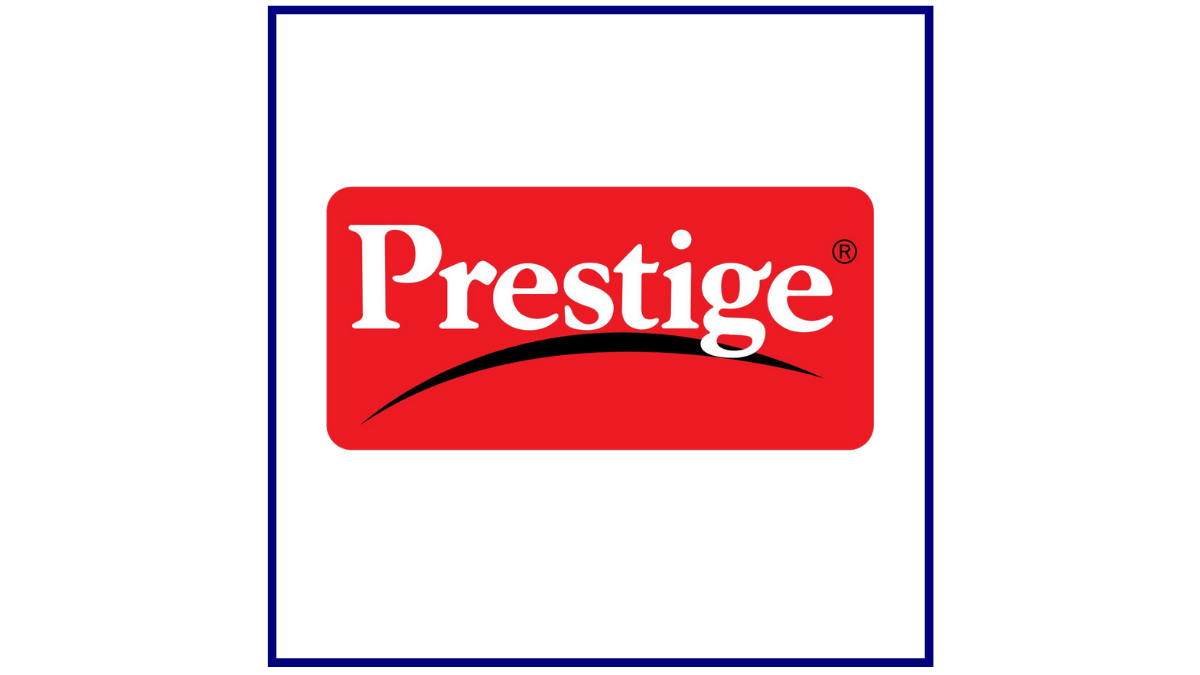

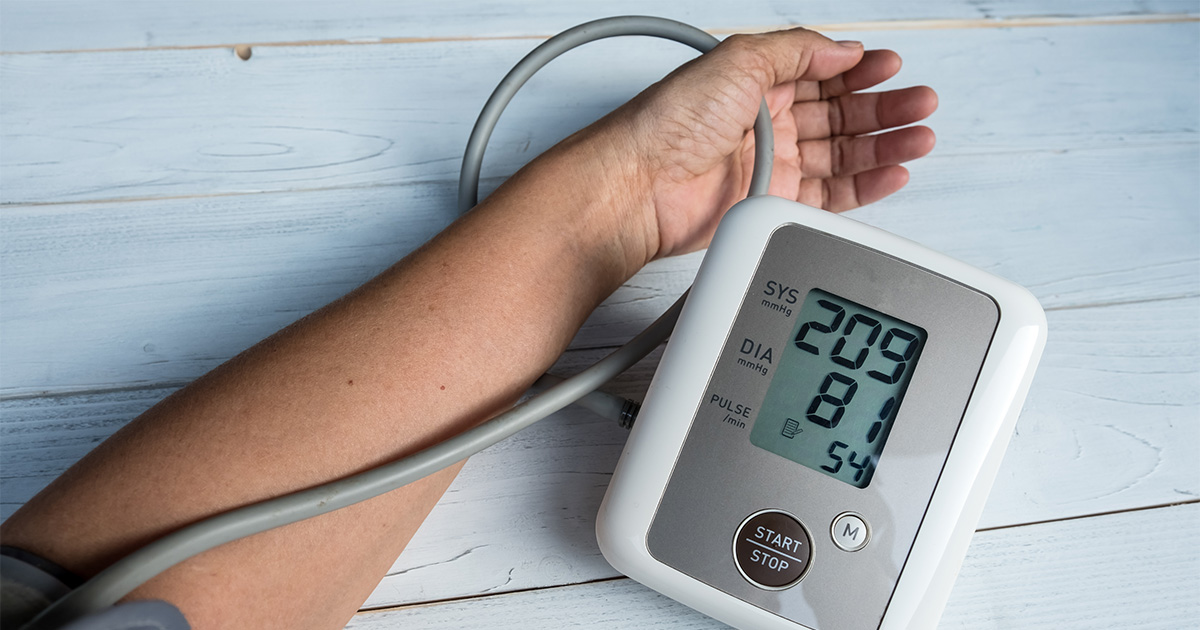
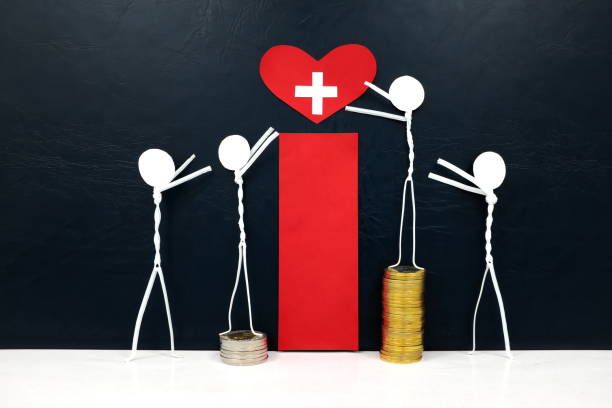
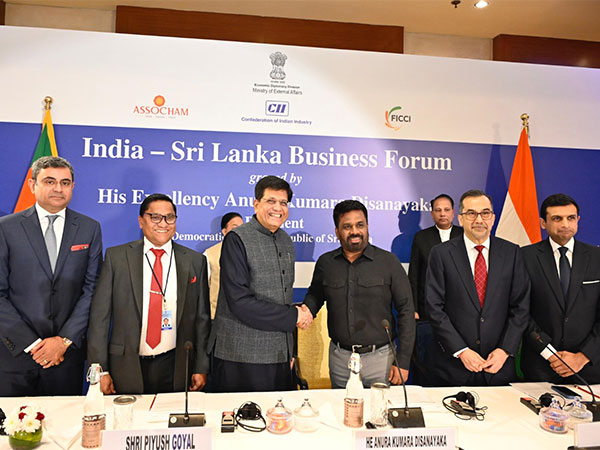
.jpg)

